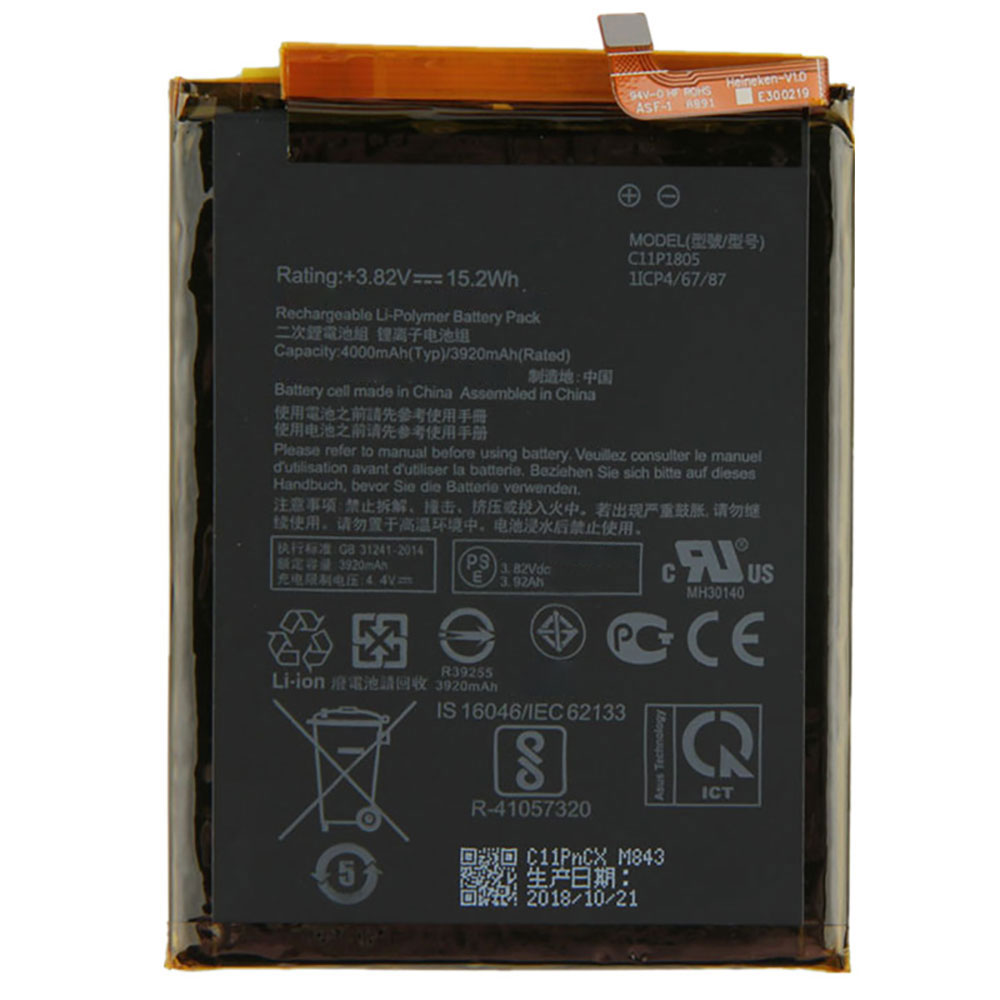The subscription wars are in full-swing but today, Microsoft offered a compelling reason to give it more of your money. The company reintroduced its Xbox All Access program for players in the UK, US and Australia – which also includes the option to upgrade to its new console, Project Scarlett, once it hits shelves in 2020.
What you get with the Xbox All Access program is, well, an Xbox One, an Xbox wireless controller, a 24-month membership to Xbox Game Pass Ultimate. In the UK, that means you roughly pay £18 a month for two years. Plus, the ability to upgrade to a Project Scarlett console next year means there’s less risk in buying now, as opposed to waiting for the 2020 holiday season. Not too shabby, though of course there are hoops to jump through and limitations.
For starters, to take part in the program, buyers will have to buy from specific retail partners. UK residents can go in-store to GAME, or in-person or online at Smyths Toys. In the US, that’s Amazon.com, while Australians can either buy either online or in-store at Telstra. That said, eligible Xbox One consoles depend on your region. In the UK and US, you can choose between the Xbox One X, Xbox One S, or the Xbox One S All-Digital Edition bundles. Australians are limited to the Xbox One X Forza Horizon 4 or Xbox One S Forza Horizon bundles.
Interested players will also have to pass a finance check through Microsoft’s partner banks: Klarna in the UK, Citizens Bank in the US, and Telstar in Australia.
If you buy everything new, and separately, that can set you back anywhere from £245-£425, not including the £11/month Xbox Game Pass Ultimate subscription. Roughly speaking, that means you could pay anywhere from £445 to £625 for the 18 months before Project Scarlett hits. If you plan on upgrading, that’s not really worth the expense. On the other hand, if your Xbox is dying, you could theoretically save hundreds more via All Access. The Xbox One X – the most expensive option under the All Access program – costs £25 a month. But for a limited time, Microsoft will give XBox One X buyers the option of upgrading to Project Scarlett after 12 months. That means you only have to pay £300 of an estimated £600 value. Again, it depends on what individual deals you can find on the internet, but you could easily save a sizeable chunk of cash.
As for the fine print with upgrading to Project Scarlett, that too depends on your region. In the UK and US, you’ll have to have made at least 18 payments via the Xbox All Access program. (Australian users can buy out their consoles at any time.) Those looking to upgrade will also have to “purchase Project Scarlett with a new Xbox All Access purchase from the same retail partner where they joined the program.” You won’t get to keep the Xbox One either – you’ll have to trade that in. And, if you choose to upgrade from the All-Digital Version, you’ll also have to pay a fee.
If you do want to upgrade, you’ll also have to buy into the program by 31 December this year. You can’t throw your money at Microsoft just yet, however. Australians will have the first crack at the program starting 29 October. Meanwhile, the program will be available to UK residents starting 5 November, and US residents on 18 November.

